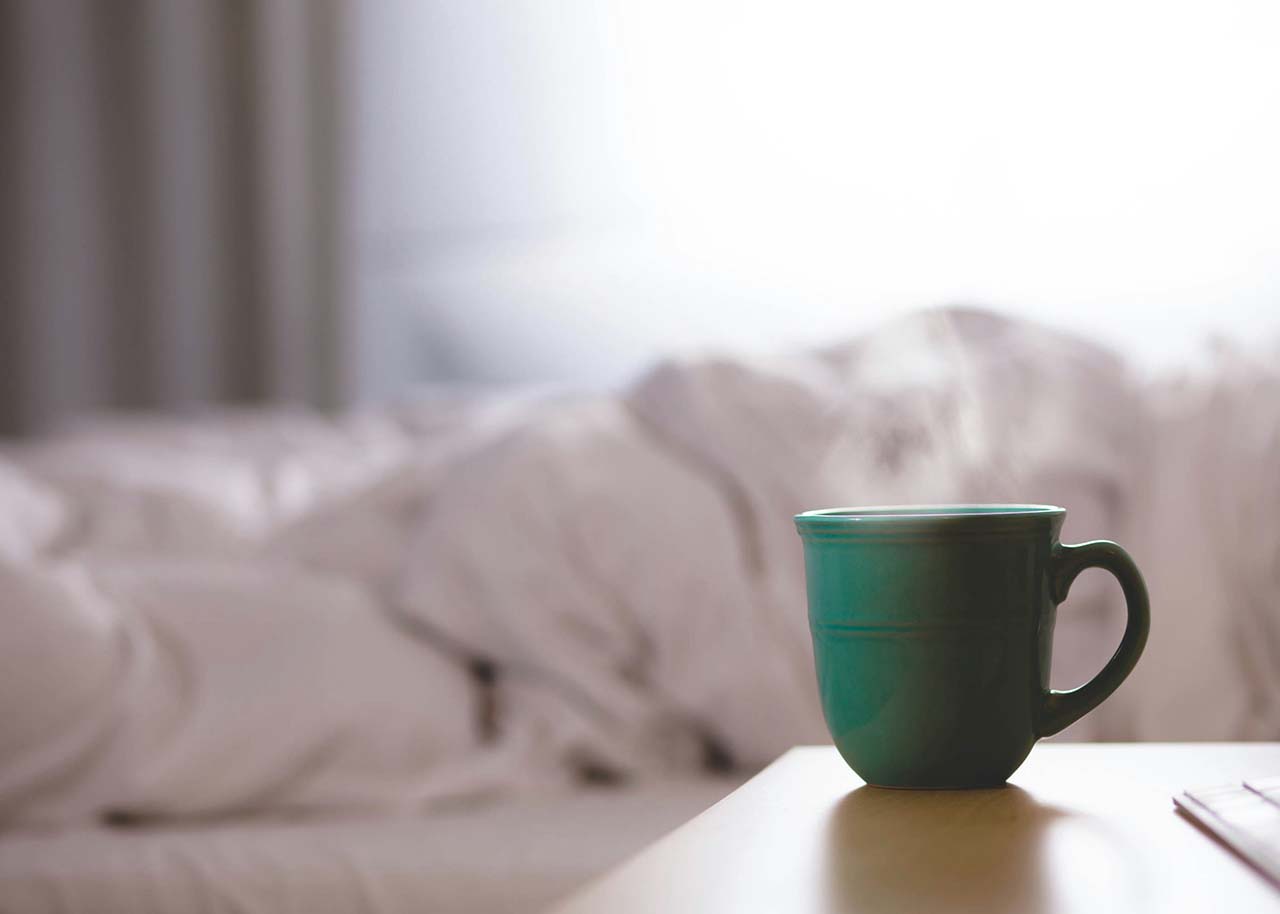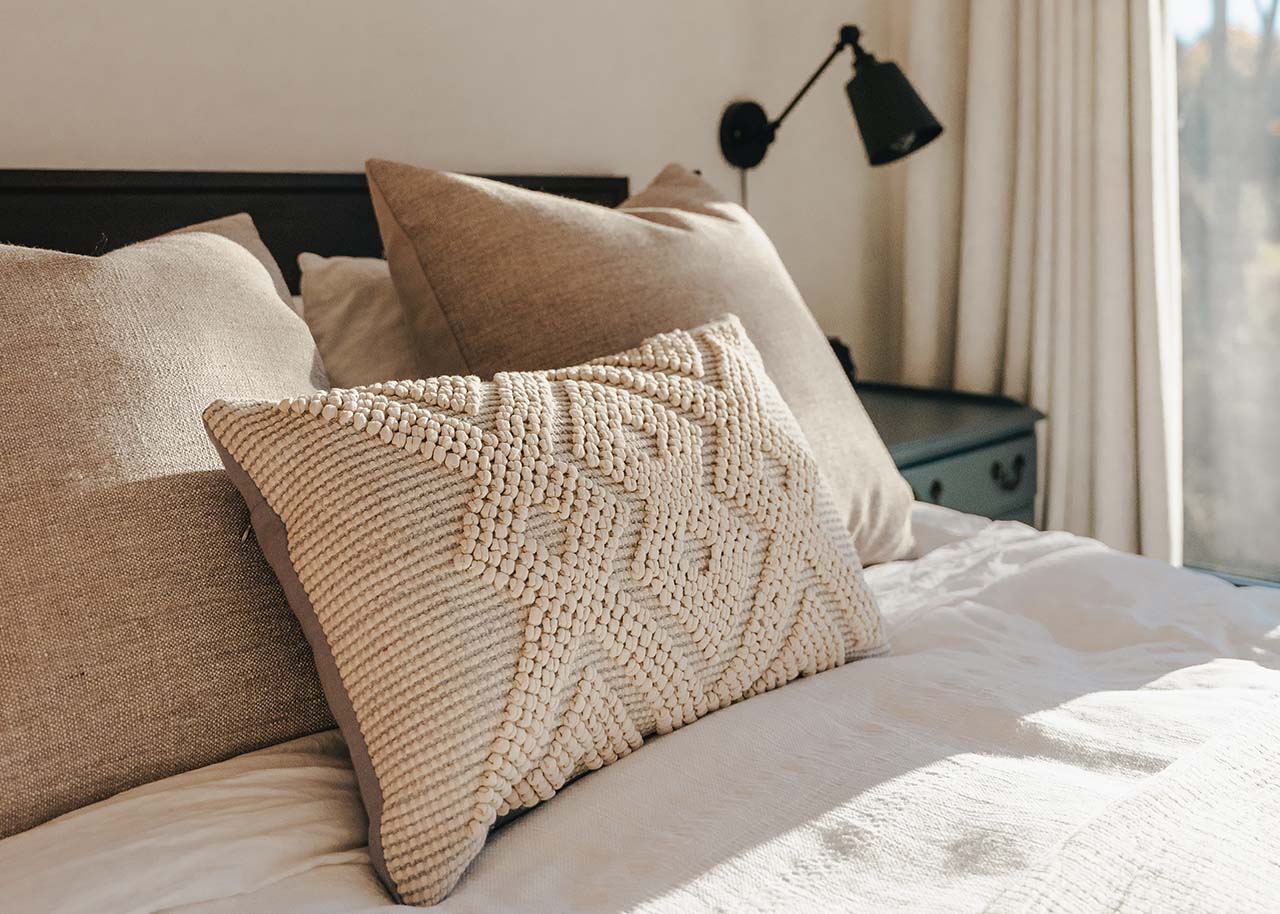(collaborative post)
Living light doesn’t mean giving everything up. It’s about becoming more selective about what takes up your time, space, and energy. Gradually letting go of what feels unnecessary, uncomfortable, or out of sync can create room to breathe, both physically and mentally.
Adjusting how you live doesn’t have to involve drastic shifts. It often starts with small actions that build up over time. Whether rethinking daily habits or letting go of old physical reminders, the result is usually the same: greater clarity and ease.
Creating Calm in the Spaces You Live In
A cluttered space tends to create mental static. Without realising it, your surroundings might be asking for your attention constantly. That half-read book, the pile of laundry, or the drawer of things you never use can all contribute to a sense of ongoing low-level stress.
Tidying doesn’t have to be extreme. You don’t need to empty your shelves or live with three pieces of furniture. Try removing items you no longer use, need, or like. Focus on small areas at a time, a kitchen drawer, a hallway table, or a shelf in your wardrobe. When you can see everything clearly, you make better decisions about what stays.
Natural materials, soft lighting, and open space can help create a calming atmosphere. Even just leaving surfaces clear and floors unobstructed gives your mind a break. The goal isn’t perfection. It’s comfort.
Rearranging your space or simplifying your belongings can lead to a noticeable shift in how you feel at home. You might find that a more spacious environment encourages you to slow down, breathe more deeply, or rest more easily.
Reworking Habits That No Longer Serve You
Many habits develop out of convenience or routine. But after a while, they might become unhelpful or even exhausting. The good news is they can be reshaped.
Try observing how your days usually unfold. Are there moments that feel too rushed, overstimulating, or unnecessary? Start replacing them with small changes that feel better. A slower morning routine, fewer digital distractions, or a shorter to-do list can all help.
Cutting back on automatic screen time, for example, often frees up energy for other things. Making space in your schedule for nourishing activities, whether reading, walking, or just sitting with a cup of tea, can shift your sense of control.
Don’t aim to perfect your routines overnight. One adjustment at a time is enough. Think of it as experimenting with your rhythm until something clicks. When you begin choosing habits that reflect your current values, your days often feel lighter and more aligned.

Making Thoughtful Changes to Your Appearance
Changes to your appearance can be an important part of feeling more aligned with who you are now. This might mean updating your wardrobe, changing your hairstyle, embracing grey hair, or simply choosing clothes that feel more comfortable and reflective of your current self.
Small, intentional edits can help you feel more at ease in your body. For some, this might even include letting go of past choices like having laser tattoo removal, to remove tattoos that no longer feel relevant. This is just one of many ways people choose to reconnect with themselves.
These adjustments don’t have to be dramatic. They’re about honouring the person you are today, and creating space for self-expression that feels grounded and genuine.
Emotional Weight: Letting Go Internally
Sometimes it isn’t objects or routines that weigh you down. It’s thoughts, roles, and expectations that have built up slowly over time. These things can quietly influence how you move through each day, even if you don’t realise it at first.
Letting go emotionally doesn’t always mean working through something difficult. It can be as simple as giving yourself permission to shift, permission to stop trying to live up to someone else’s idea of what you should be doing, wearing, or achieving.
Try noticing which roles or stories feel heavy. Maybe you’re tired of being the person who always says yes. Maybe you’ve been holding onto an identity that no longer fits. Recognising that something no longer feels right is often the first step.
Journalling can help bring some clarity, as can talking to someone who won’t judge your choices. Letting go might also mean being more flexible with how you view your past, accepting it but not feeling the need to carry every part of it forward.
Small Shifts, Gentle Change
Change doesn’t have to be immediate or dramatic. Choosing to live light can be a slow, personal process that unfolds in your own time.
You might simplify a room, reshape a daily routine, or make a decision about your body. Each step, taken mindfully, supports your overall wellbeing without needing a full reset. The key is choosing what makes sense for where you are now, not where you used to be.
This post was published in collaboration with a content partner. The article is meant to inspire you how to live a slow, simple, soulful and sustainable lifestyle and may contain (affiliate) links to articles, websites or products/services that may be of interest to you.
Would you like to receive inspiration from The Slow Living Guide regularly?
Sign up for the newsletter here.



